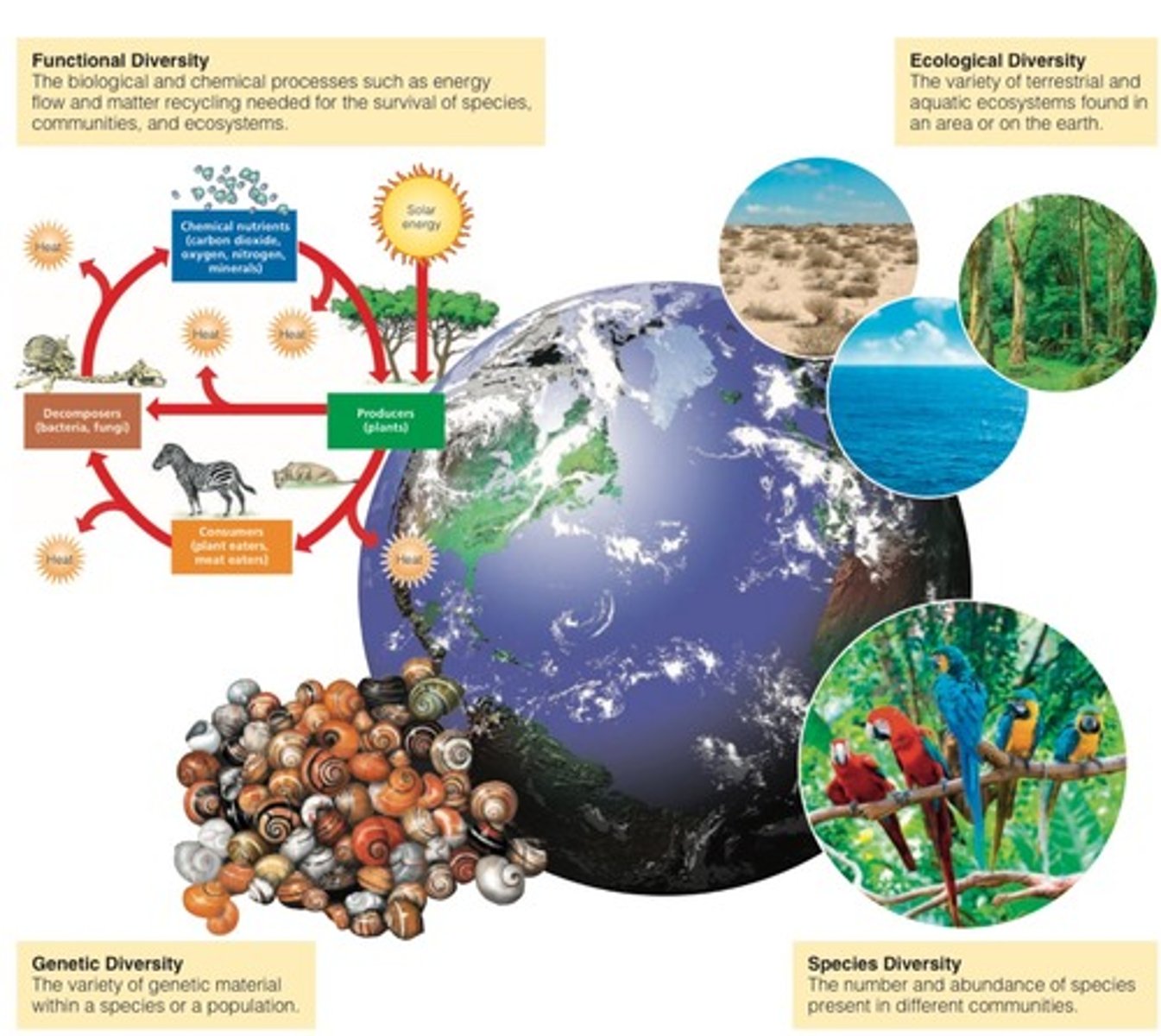CPES Ch 4 Biodiversity & Evolution
1/31
There's no tags or description
Looks like no tags are added yet.
Name | Mastery | Learn | Test | Matching | Spaced |
|---|
No study sessions yet.
32 Terms
biodiversity
Variety of life on Earth, including species diversity, genetic diversity, ecological diversity, and functional diversity
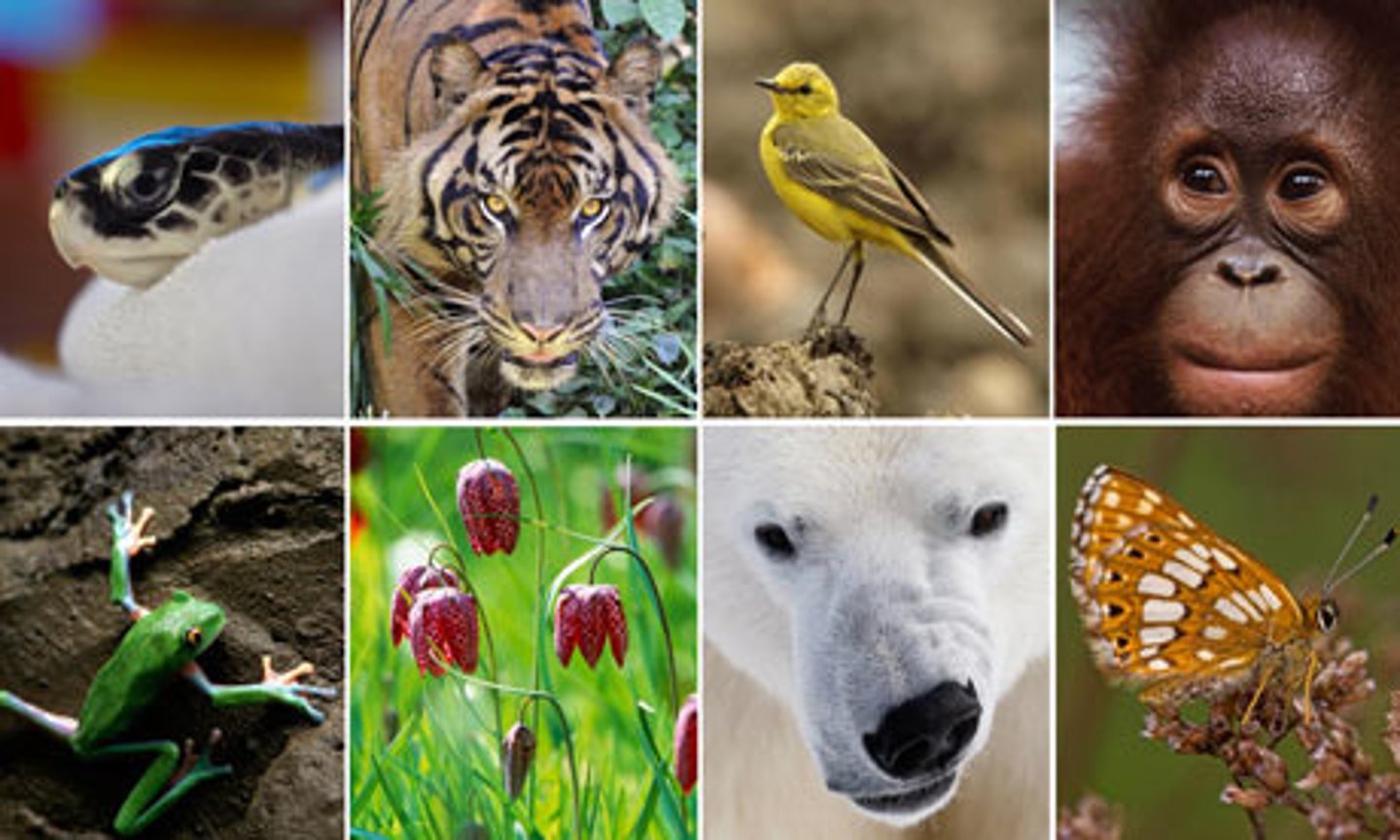
species diversity
Variety of species present in a specific ecosystem and their abundance (amount) within that ecosystem
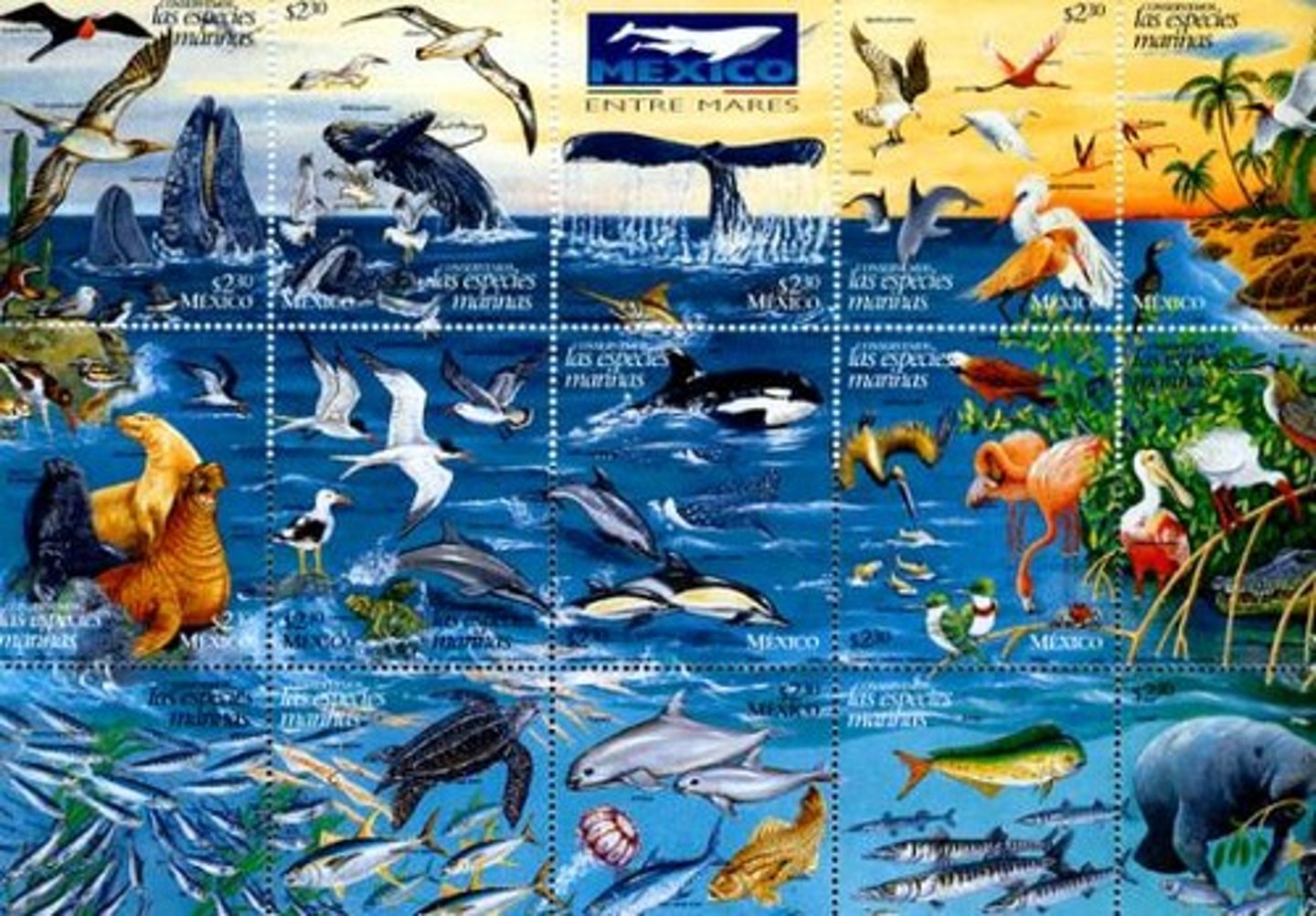
genetic diversity
Variety of genes found in a population or in a species

ecosystem diversity
Earth's diversity of biological communities such as deserts, grasslands, forests, lakes, rivers, and wetlands
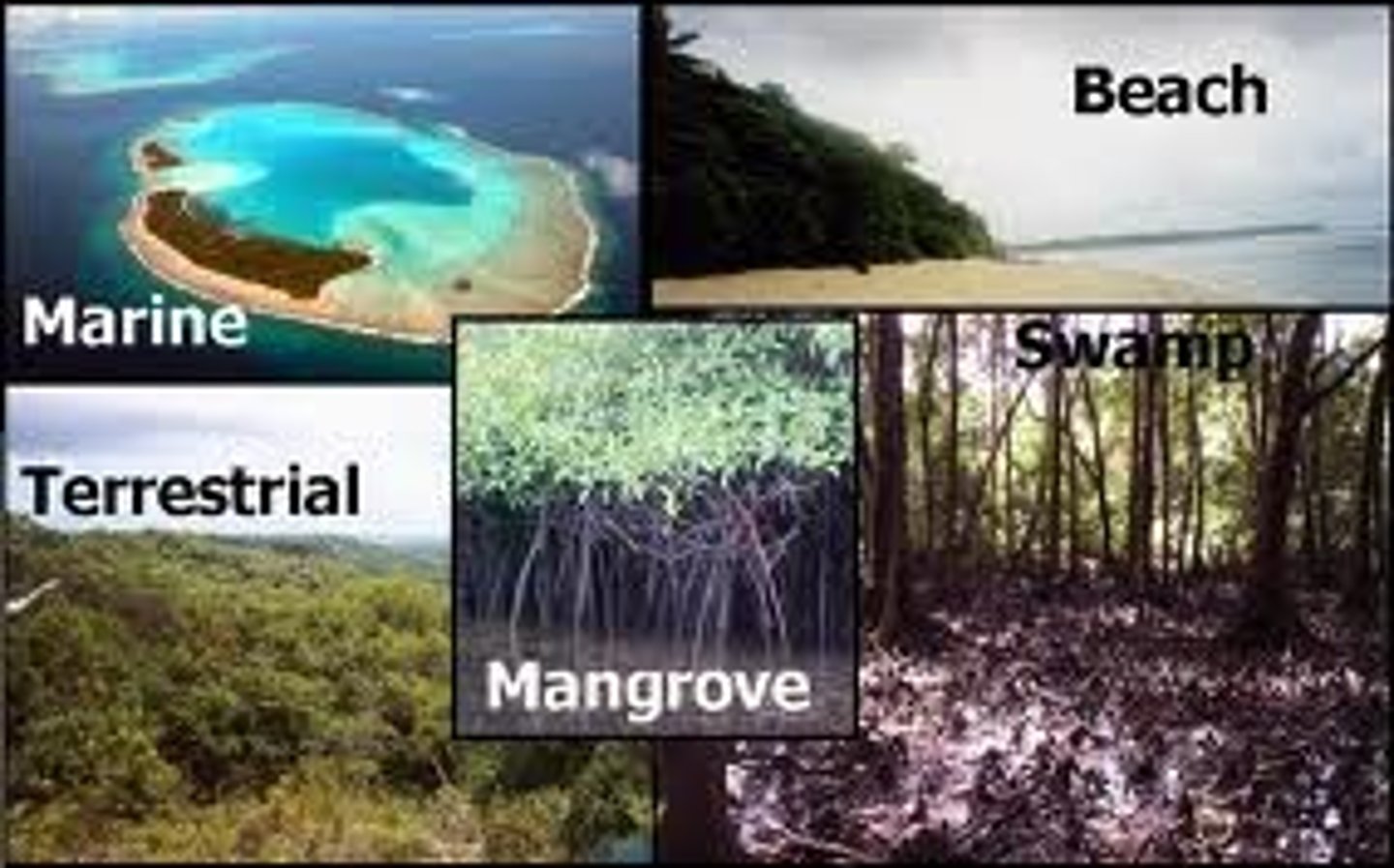
biome
Geographical area composed of different ecosystems and characterized by a distinct climate and certain species that are able to survive there (desert, rainforest, temperate forest, tundra, prairie, etc...)
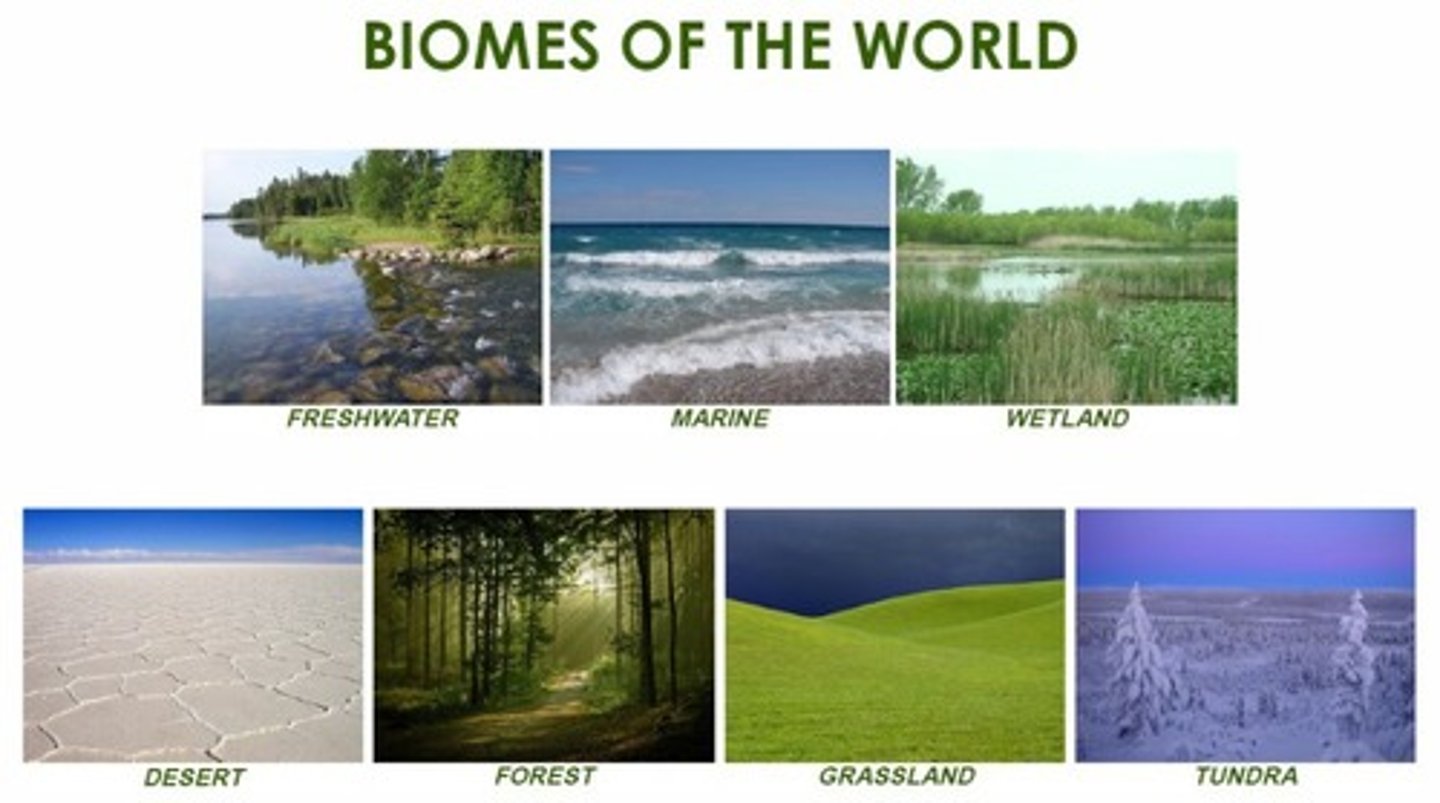
functional diversity
Variety of processes that occur with ecosystems. Examples include energy flow and cycles of matter

insurance hypothesis
Hypothesis stating that biodiversity ensures ecosystems against a decline in their functioning because many species provide greater guarantees of functioning even if others fail
ecological niche
Role that a species plays in an ecosystem, encompassing everything that affects its survival and reproduction
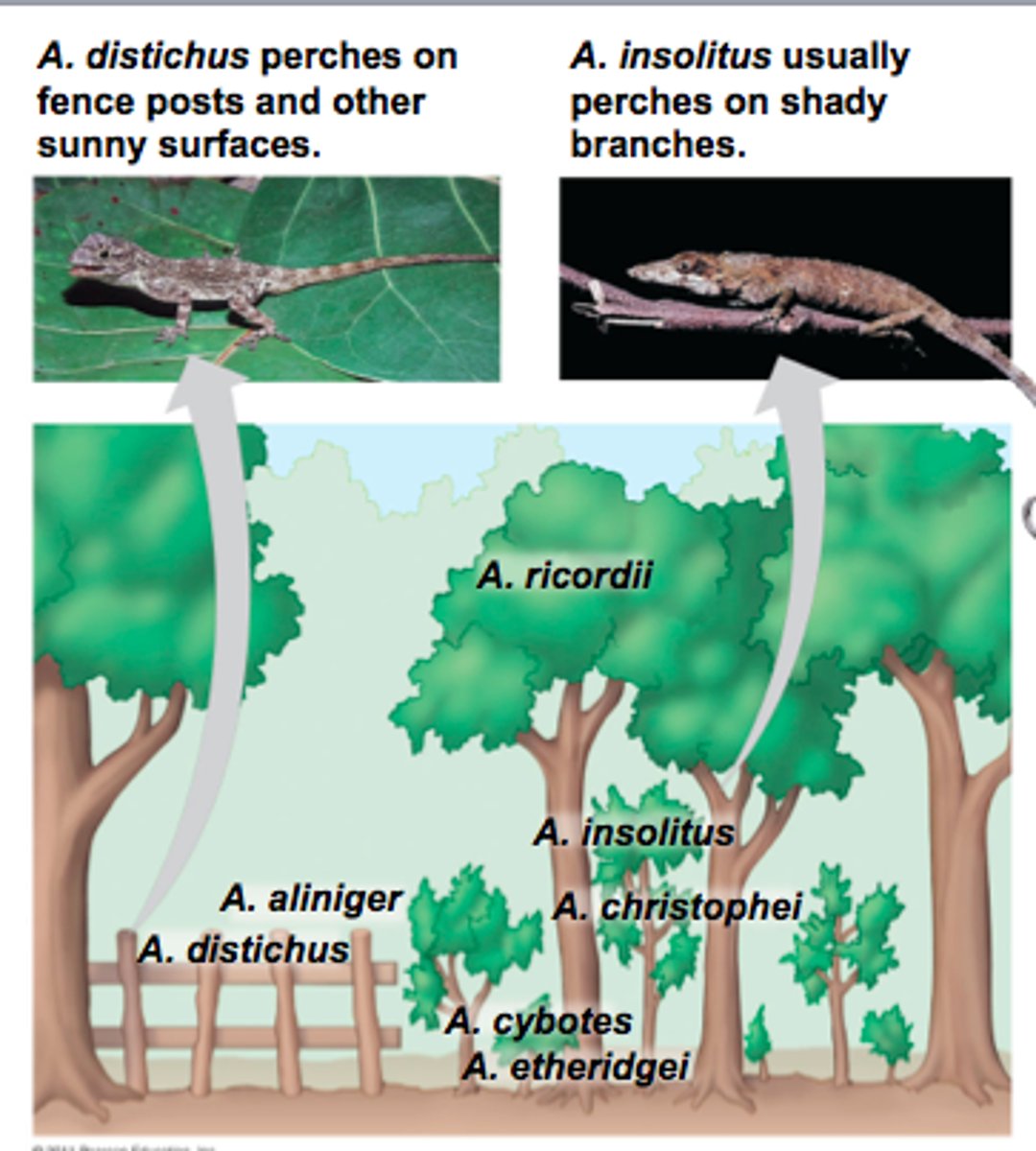
habitat
Area that provides the abiotic and biotic factors a species needs to survive
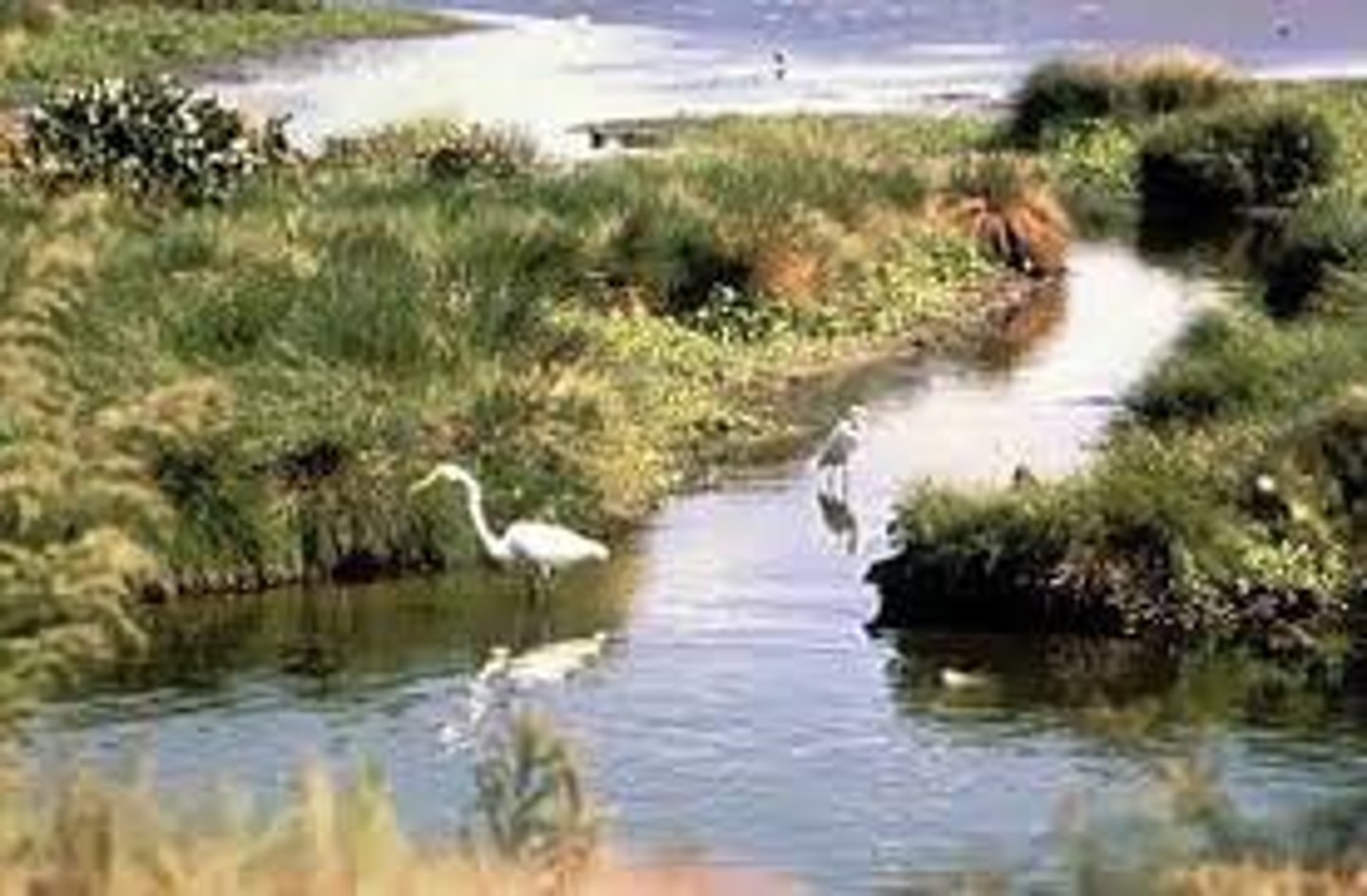
generalist species
Species with a broad niche.
They can live in many different places, eat a variety of foods, and tolerate a wide range of environmental conditions. Ex: flies, cockroaches, mice, rats, and humans
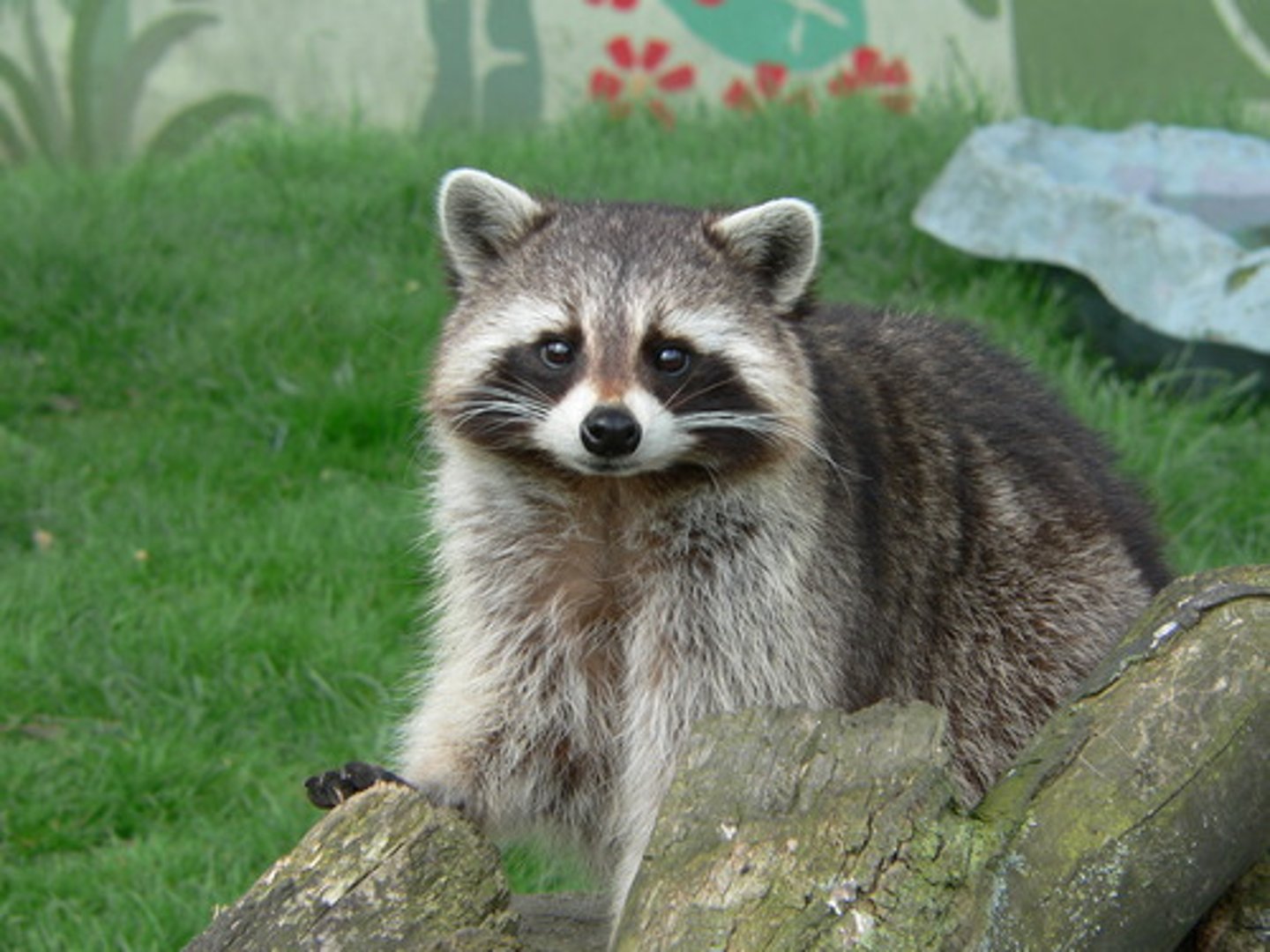
specialist species
Species with a narrow ecological niche.
They may be able to live in only one type of habitat, tolerate only a narrow range of climatic and other environmental conditions, or eat only one type or a few types of food. Ex: pandas, koalas
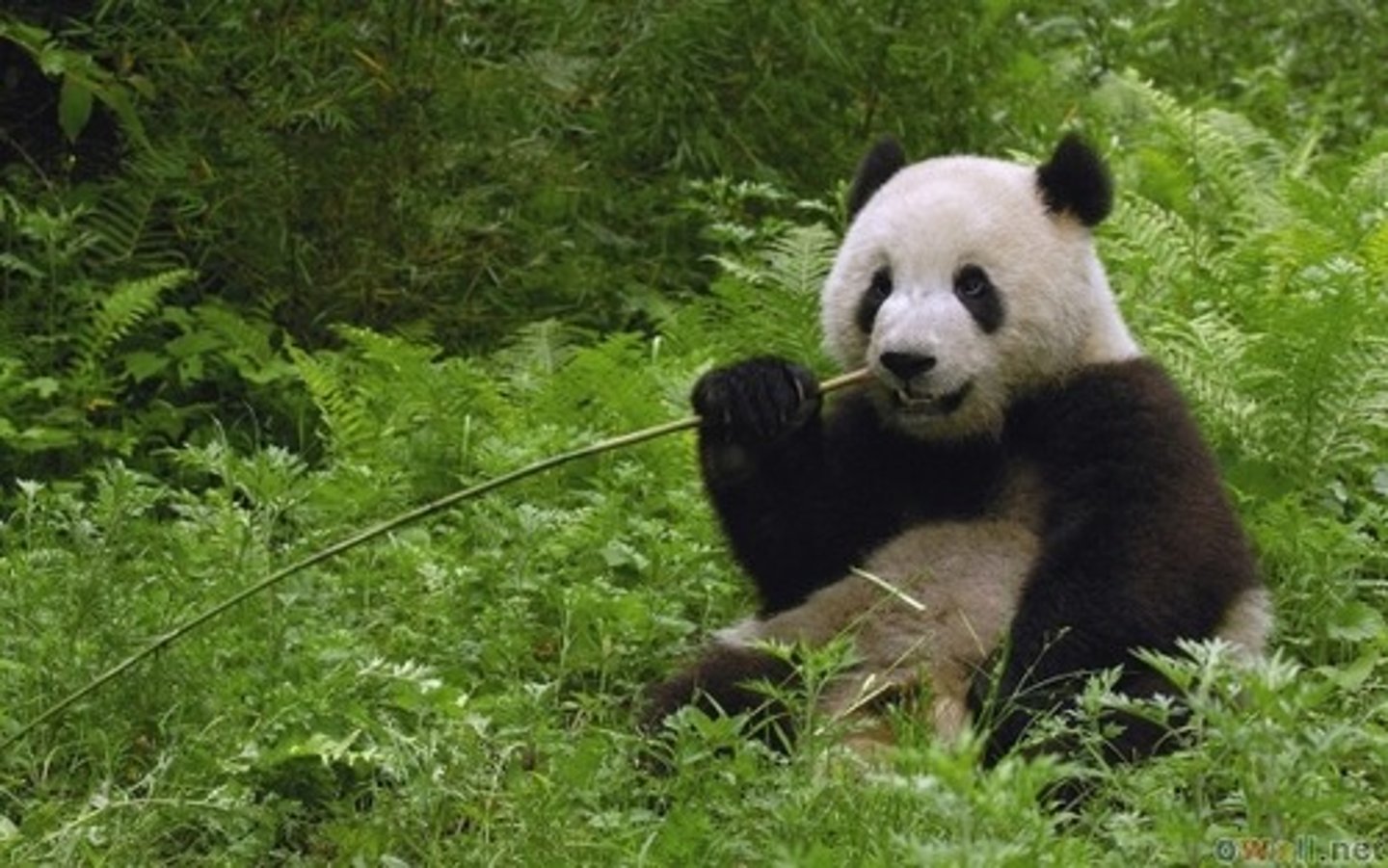
native species
Species that naturally originated in a given ecosystem and have become suited to the environmental conditions there
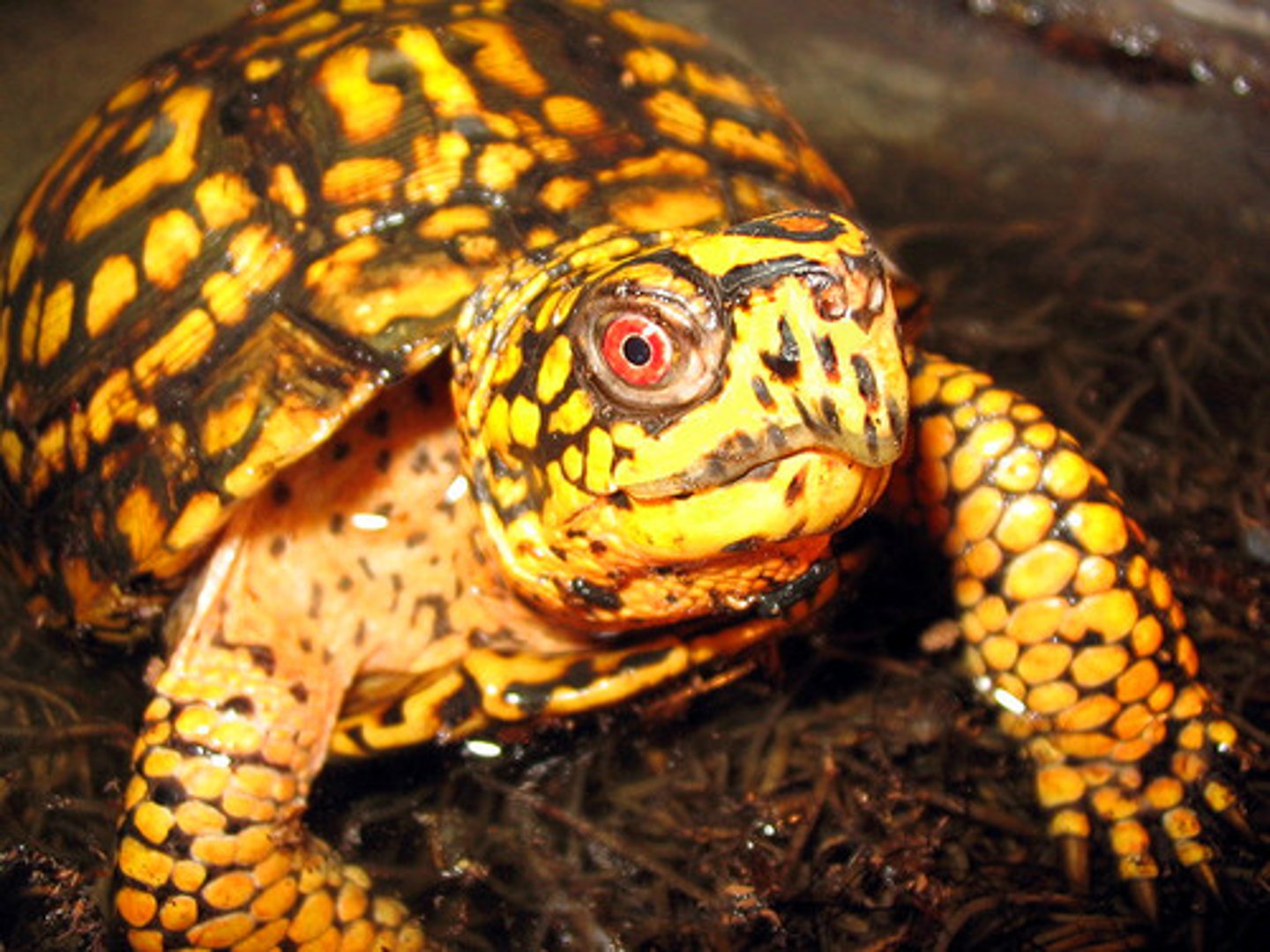
nonnative species
Species that migrate into an ecosystem or are deliberately or accidentally introduced into an ecosystem by humans
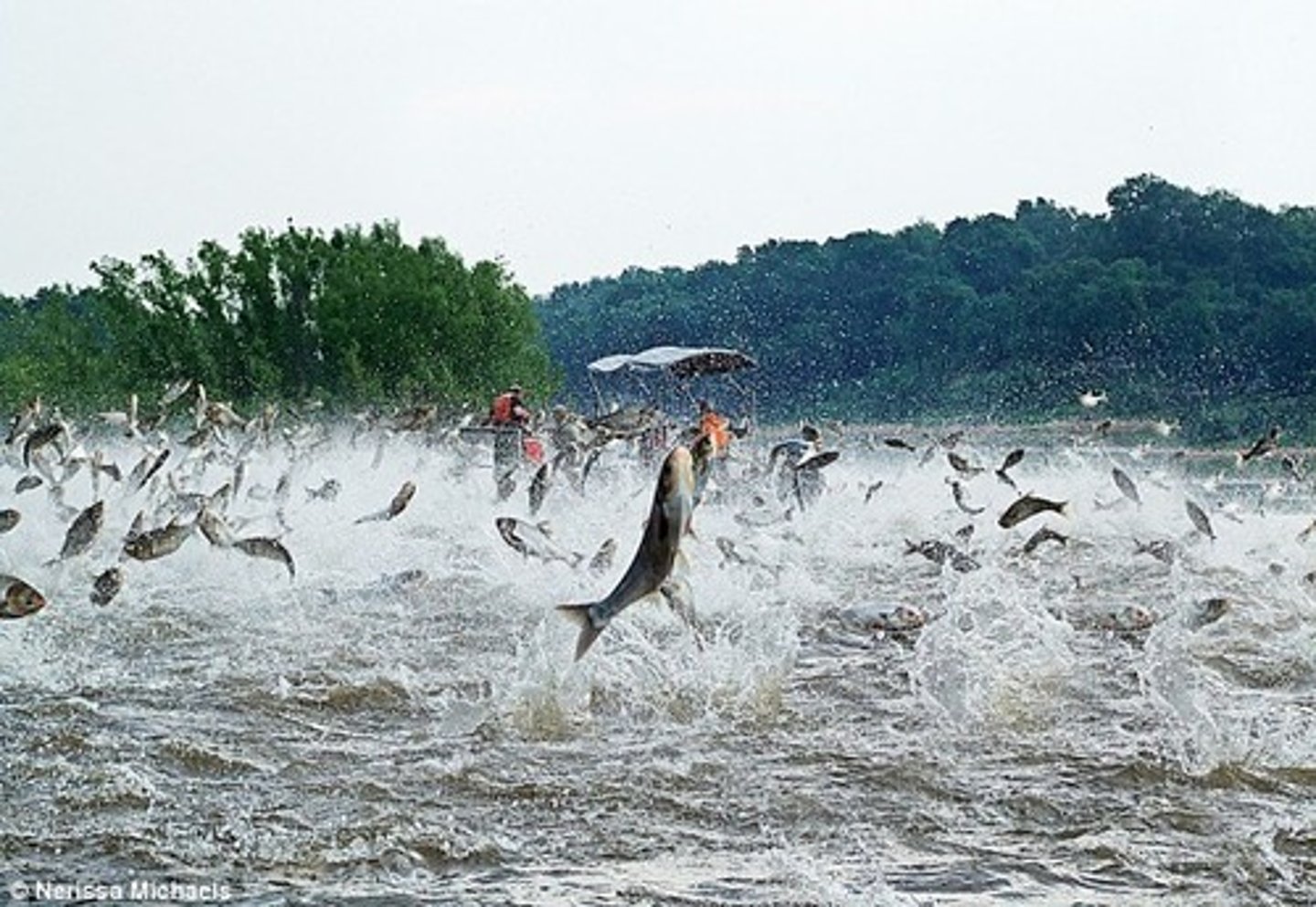
keystone species
A species on which other species in an ecosystem largely depend, such that if it were removed the ecosystem would change drastically. This species preserves an ecosystem by controlling the populations of prey animals which could otherwise consume enough plant matter to devastate the ecosystem. Ex: wolves, sea otters, alligators, and sharks
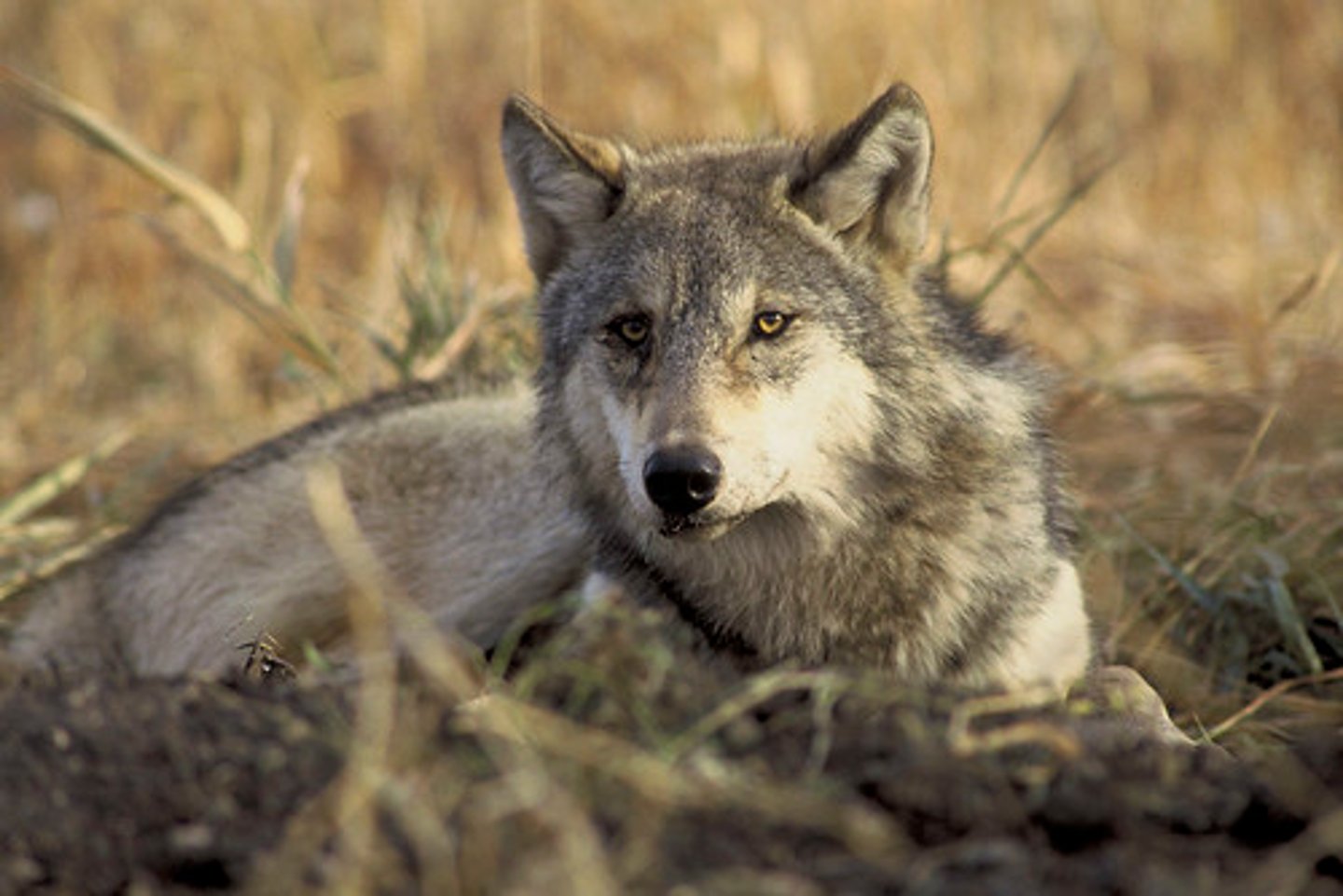
indicator species
Species whose presence or absence indicates the quality or characteristics of certain environmental conditions; known as a "biological smoke alarm"
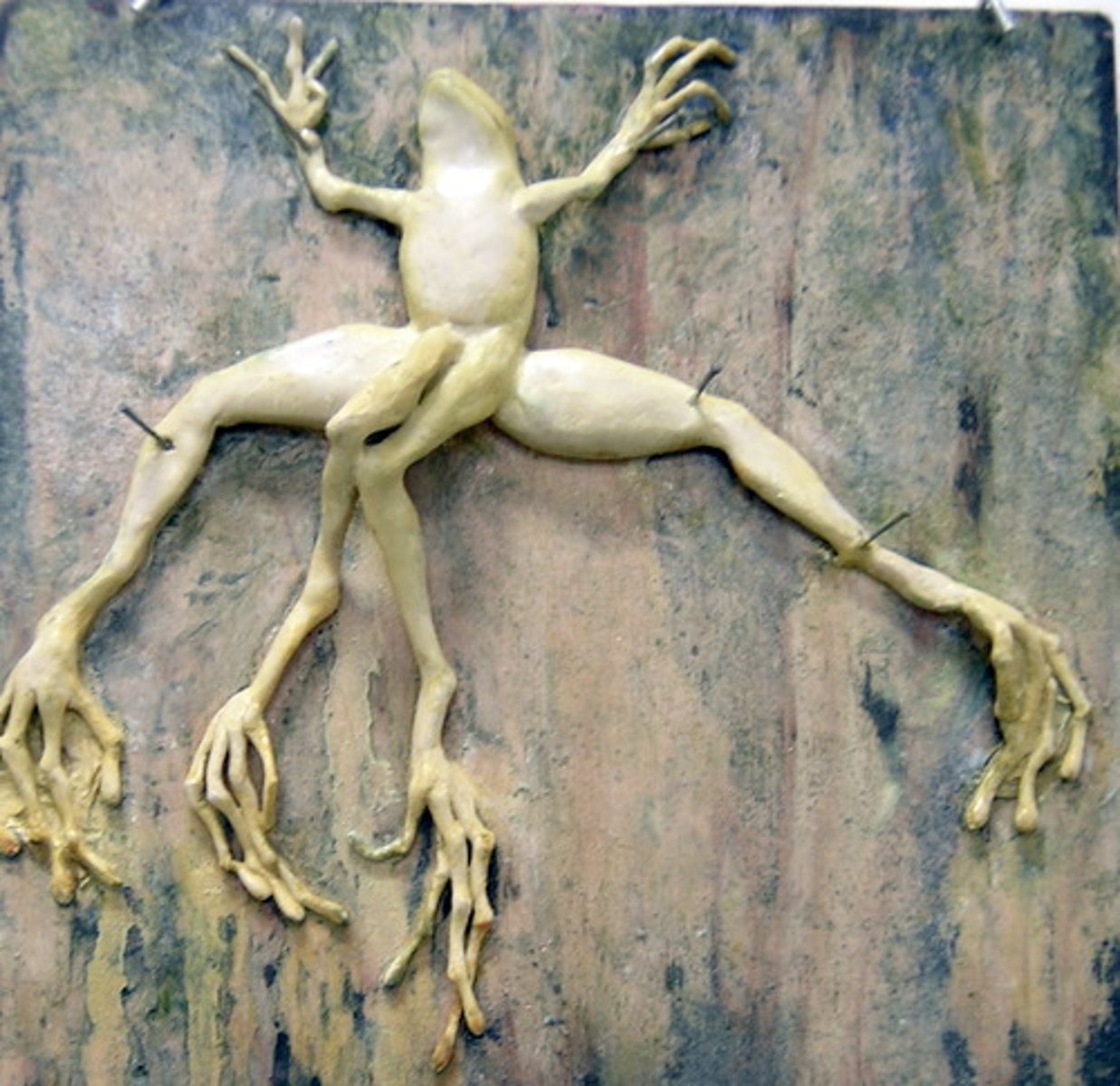
biological evolution
Process by which species change genetically over time.
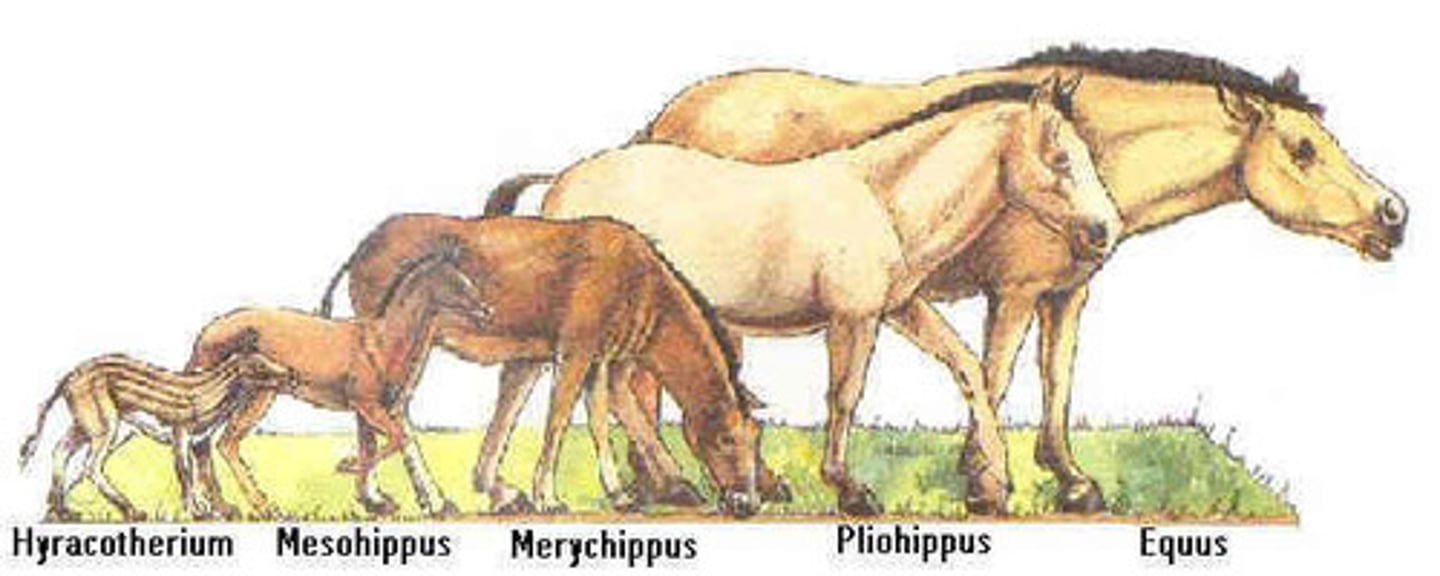
natural selection
Process by which individuals with certain genetic traits are more likely to survive and reproduce under a specific set of environmental conditions, thereby passing these traits on to their offspring

fossil
Preserved remains or traces of prehistoric organisms. Includes mineralized or petrified skeletons, bones, teeth, shells, leaves, seeds, or impressions of such items
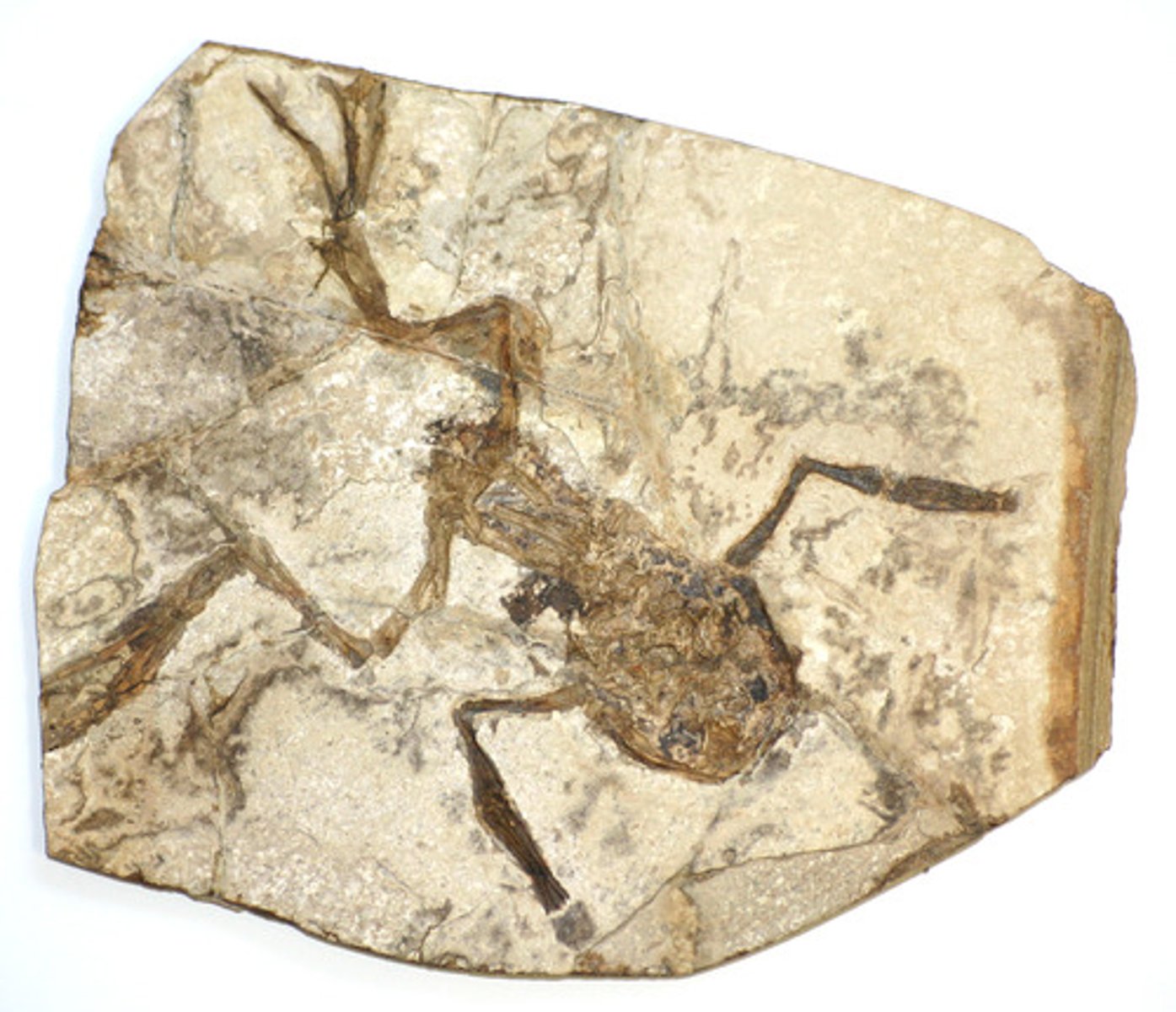
genetic variability
Variety in the genetic makeup of individuals in a population
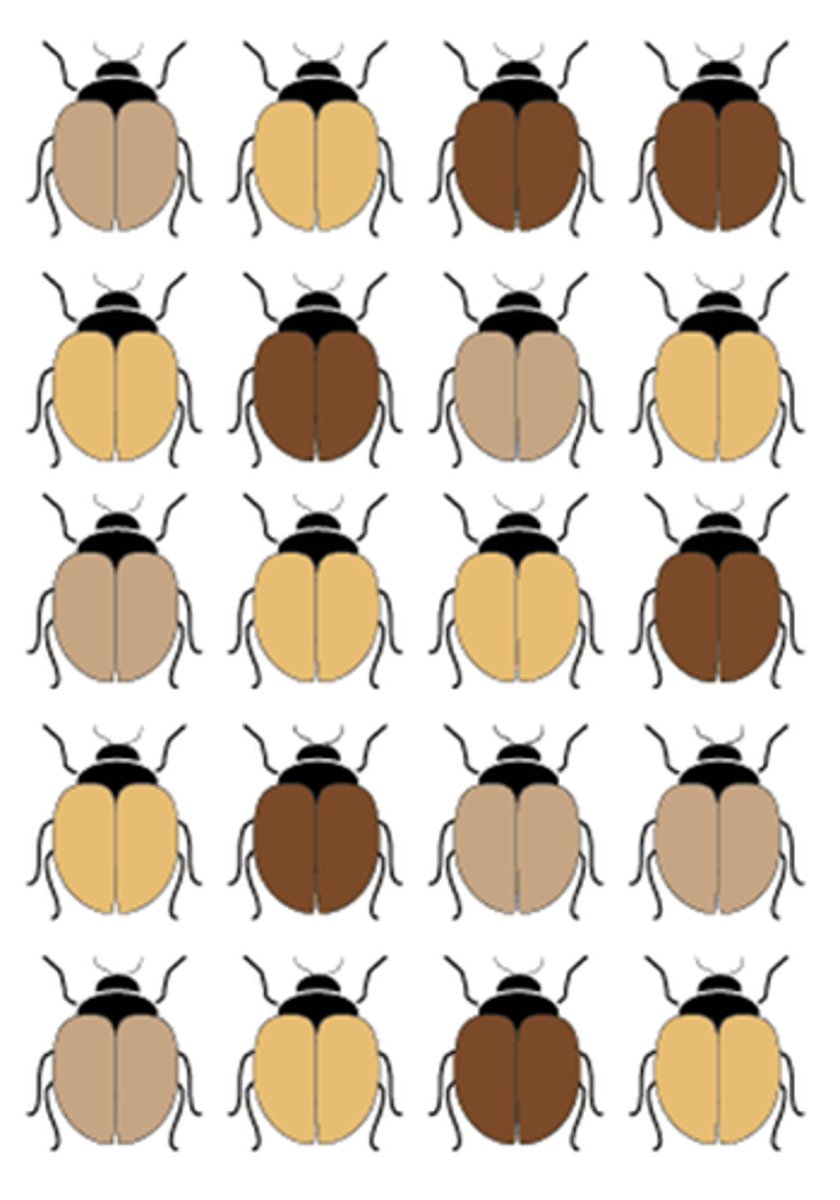
mutation
Permanent change in the DNA sequence within a gene in any cell inherited
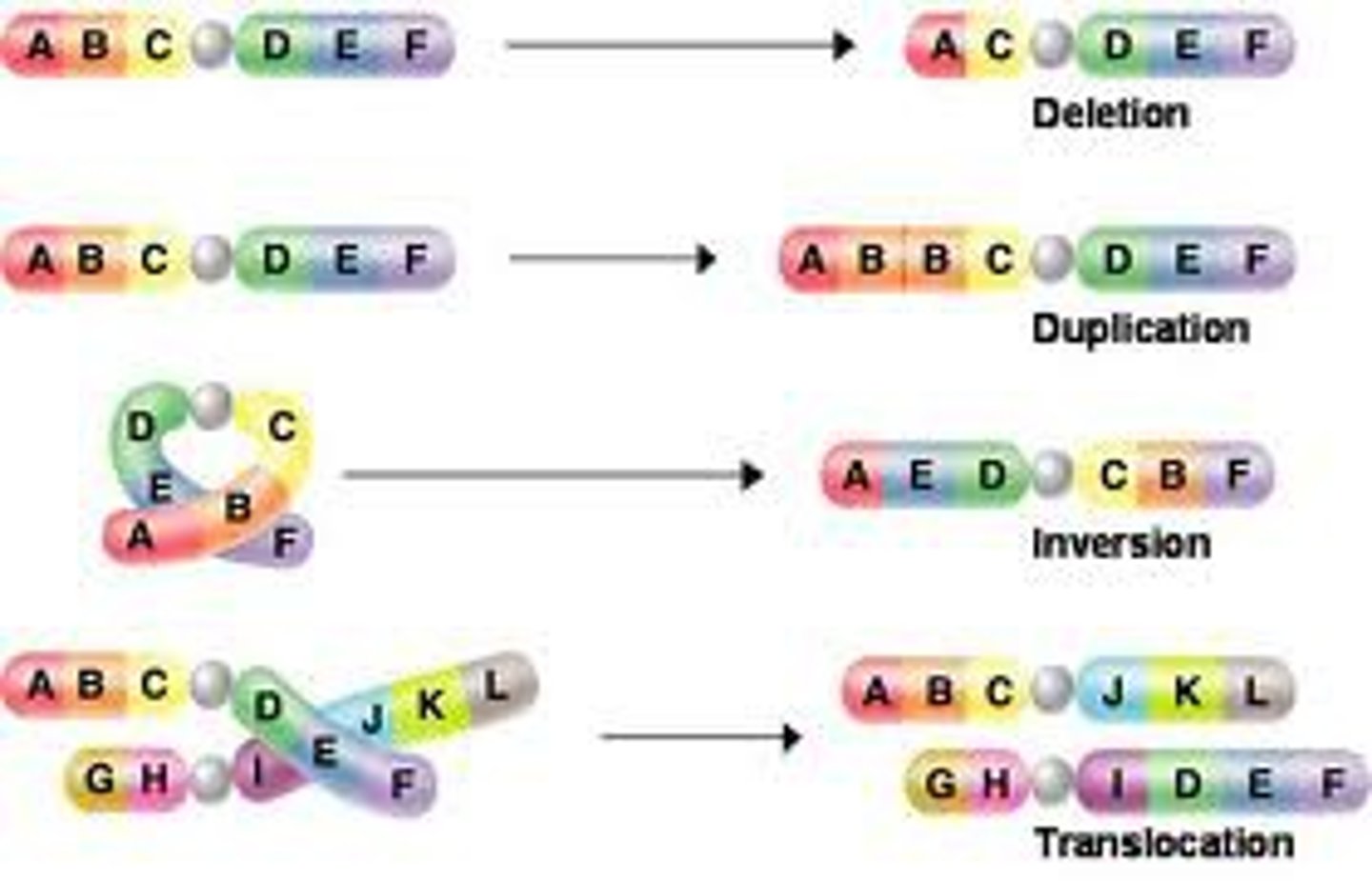
adaptation
Any heritable trait that gives an individual some advantage over other individuals in a given population
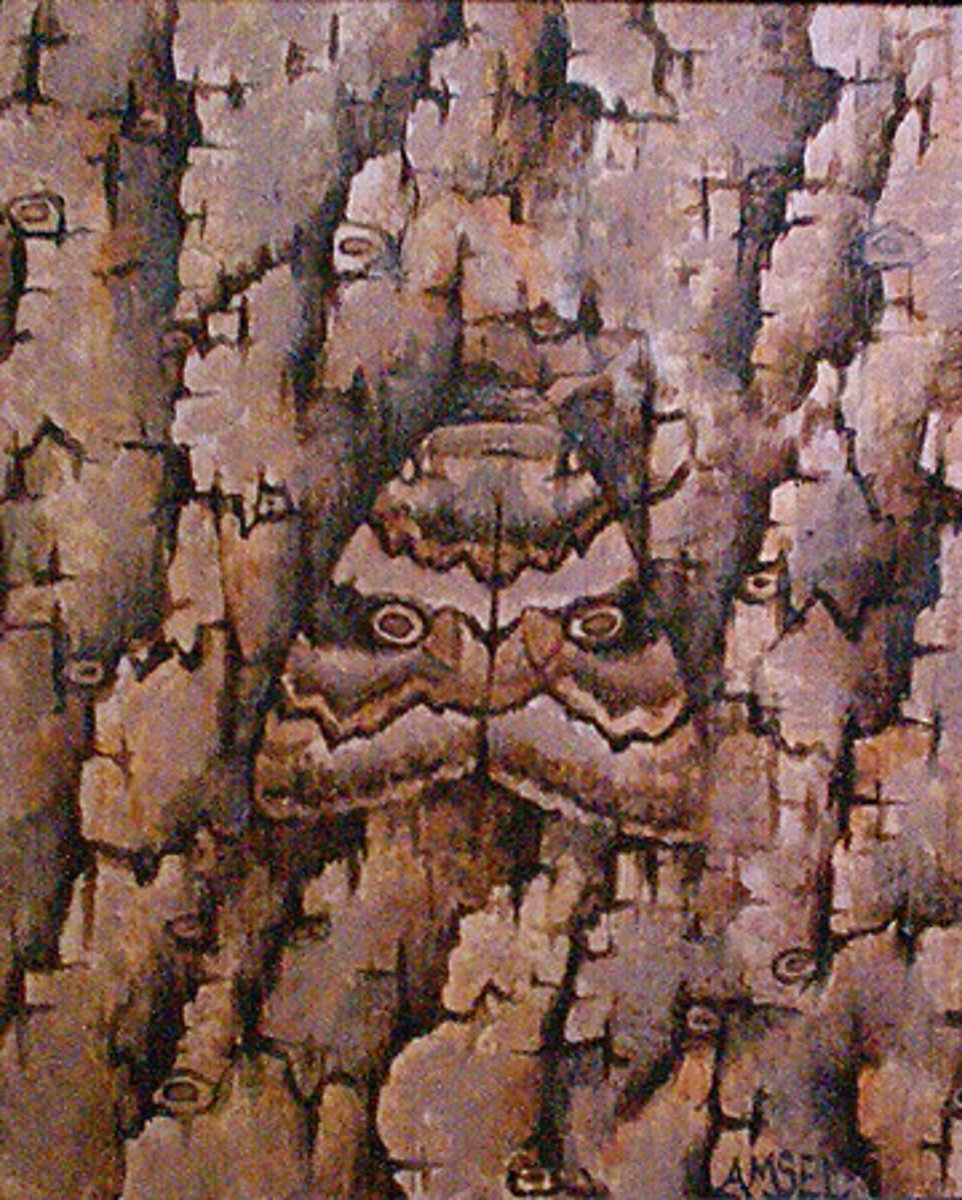
speciation
Formation of a new species from a branch of an existing species through reproductive isolation
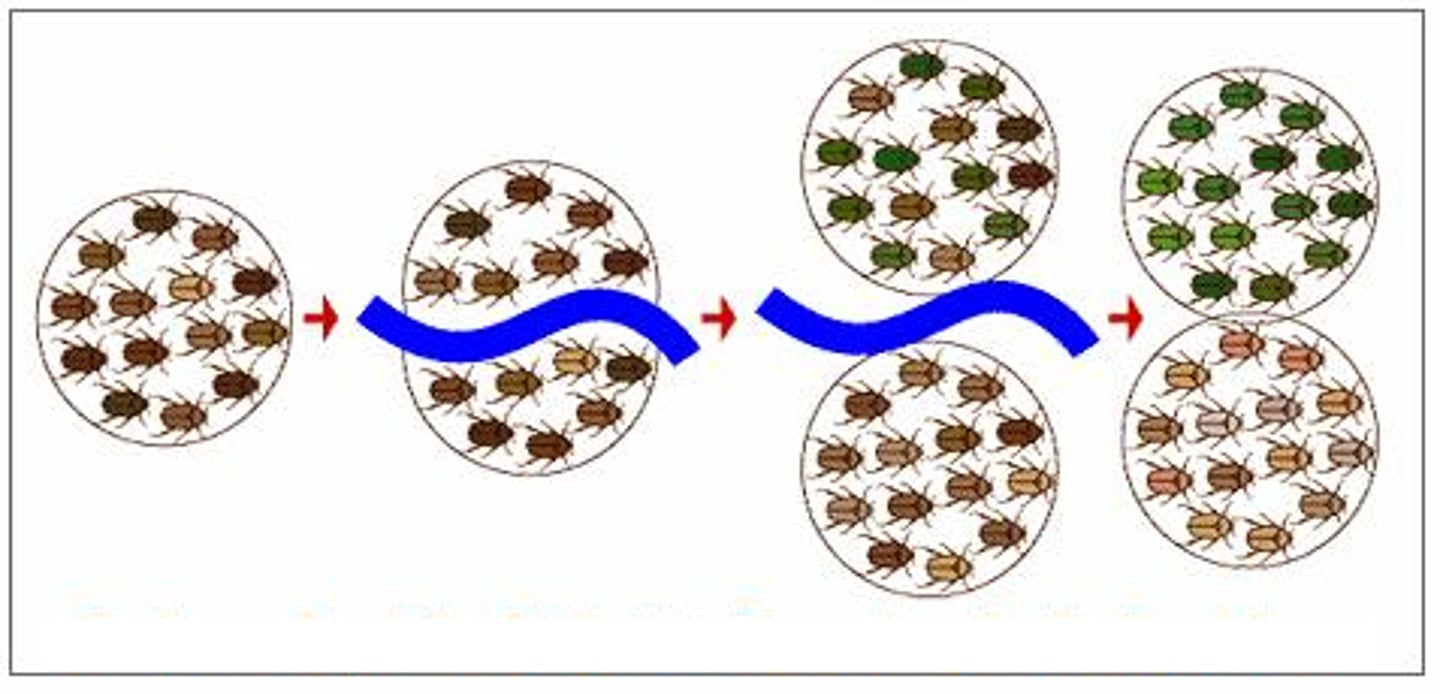
geographic isolation
Separation of populations of a species into different areas due to physical barriers.
It may occur because of a search for food, a natural event (such as a hurricane, earthquake, or volcanic eruption), or a physical barrier, either natural (such as a mountain or valley) or created by humans (such as a dam or a clearing in a forest)
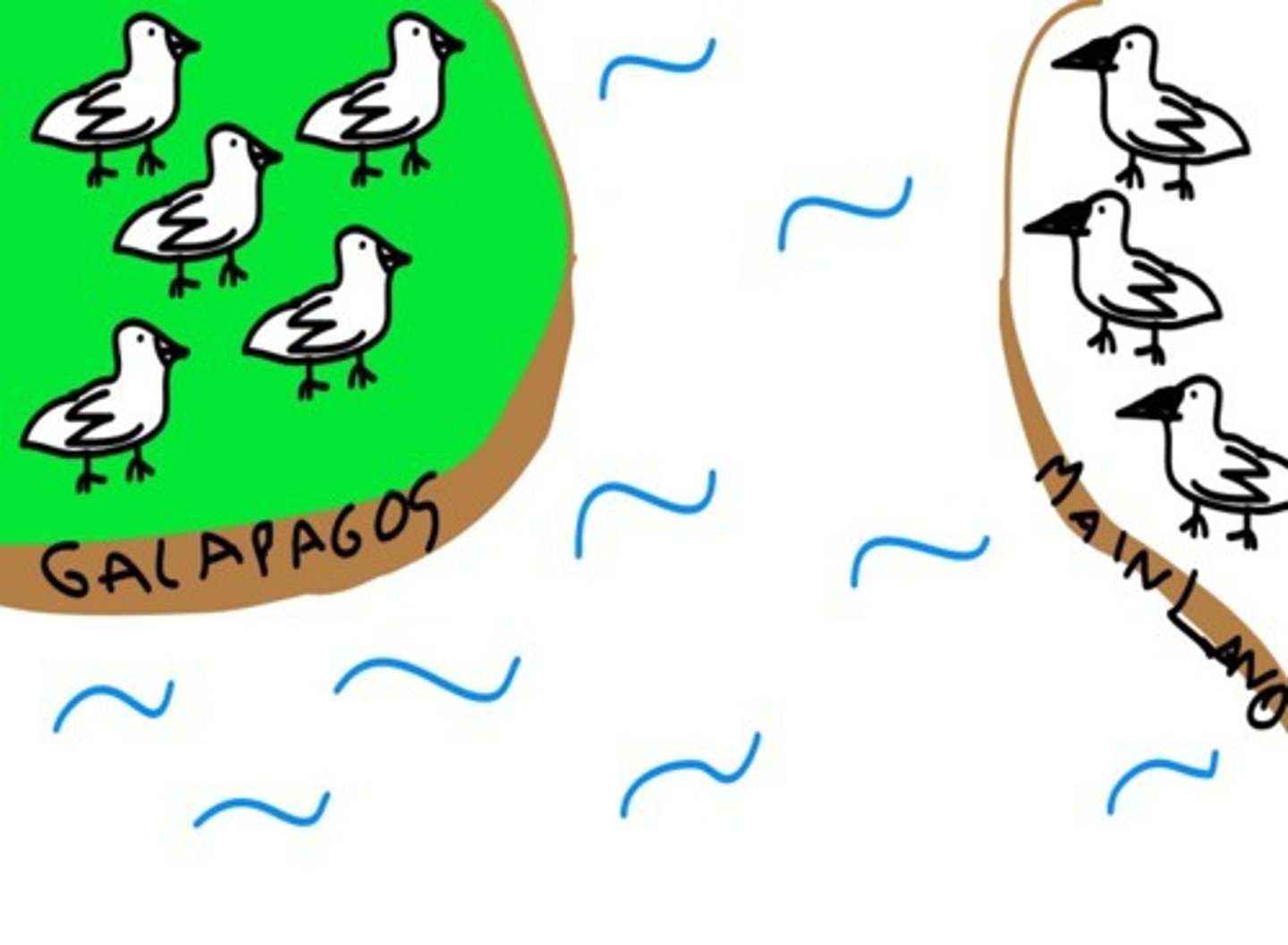
reproductive isolation
Halt in the exchange of genes due to the separation of populations. Eventually, members of isolated populations may have very different genetic makeup and no longer be able to interbreed, meaning they have become two distinct species
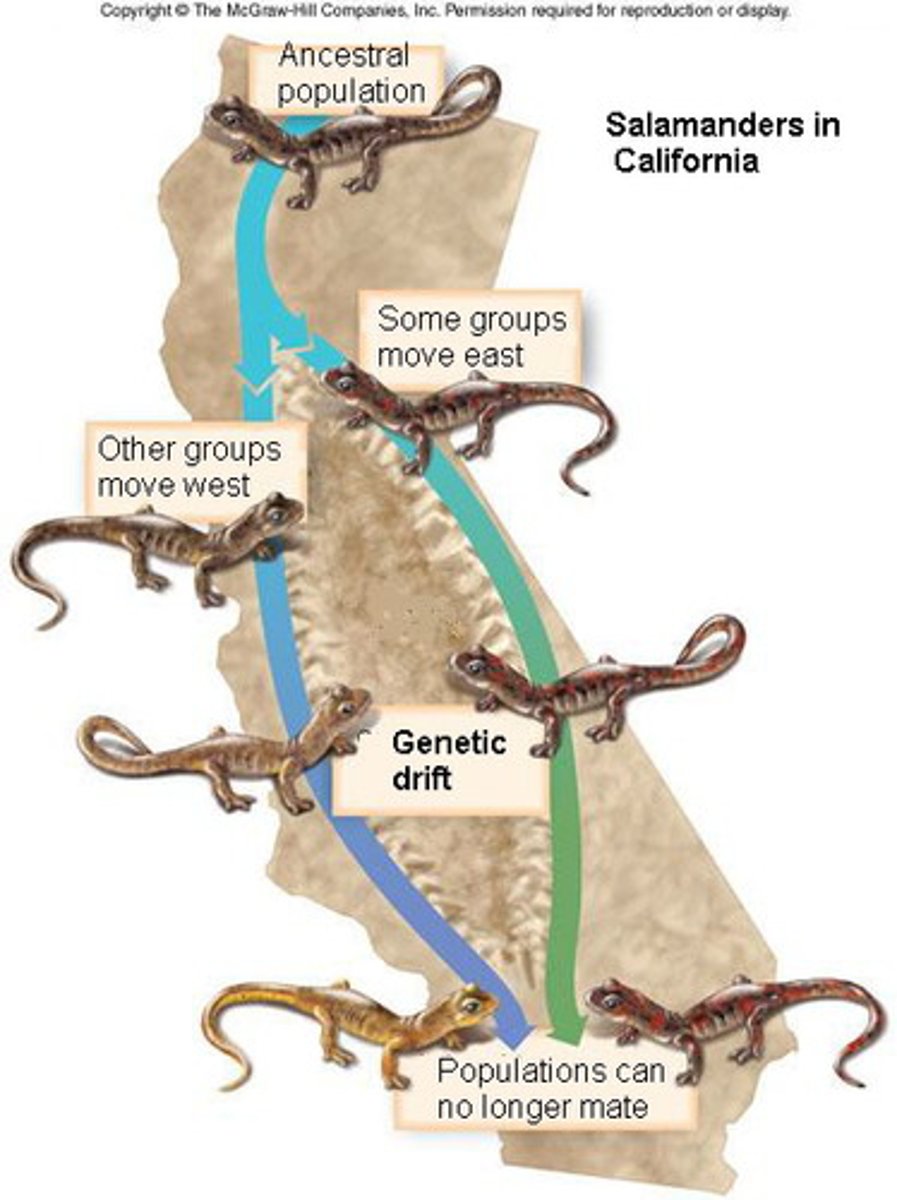
biological extinction
Complete disappearance of a species from Earth. It happens when a species cannot adapt to survive and reproduce in response to changes in their environment and cannot move to a new environment with more favorable conditions
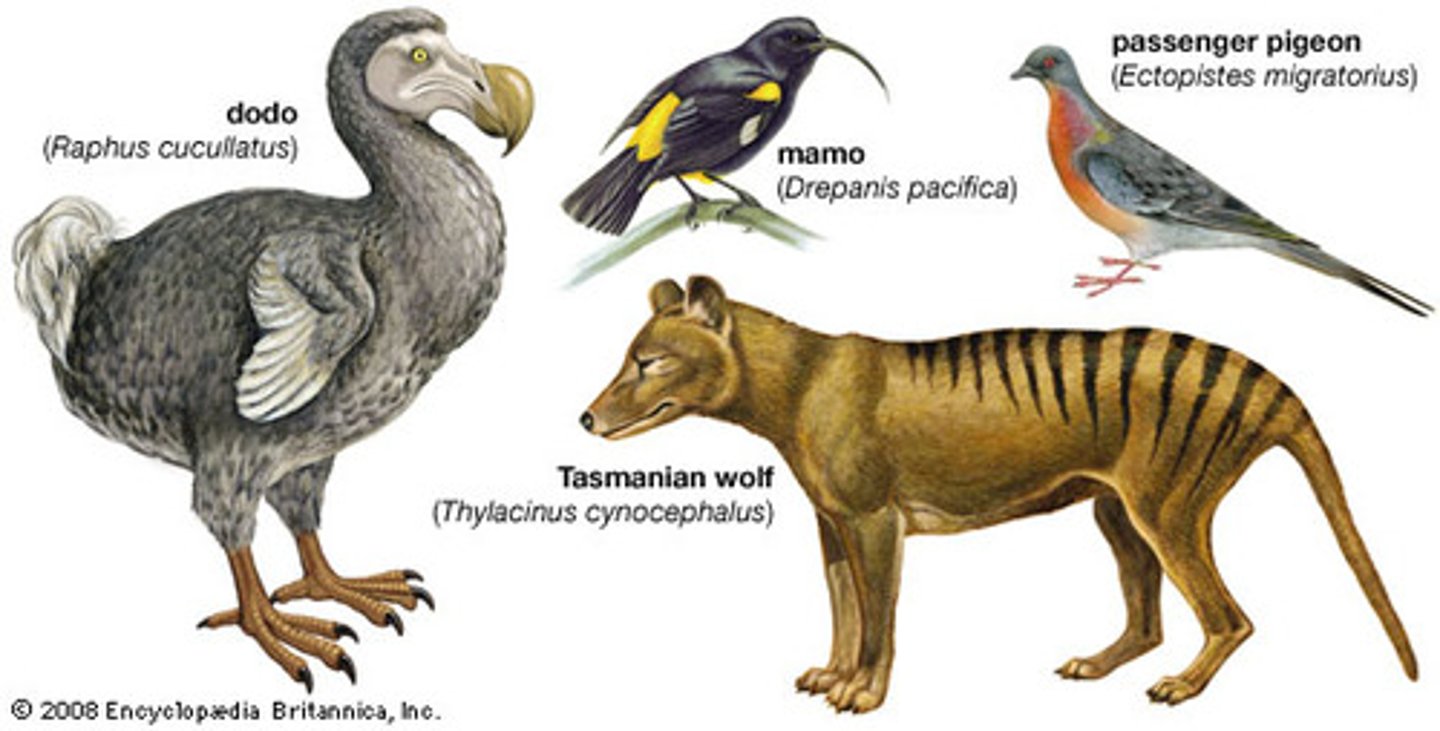
endemic species
Species that is found in only one area. Such species are especially vulnerable to extinction
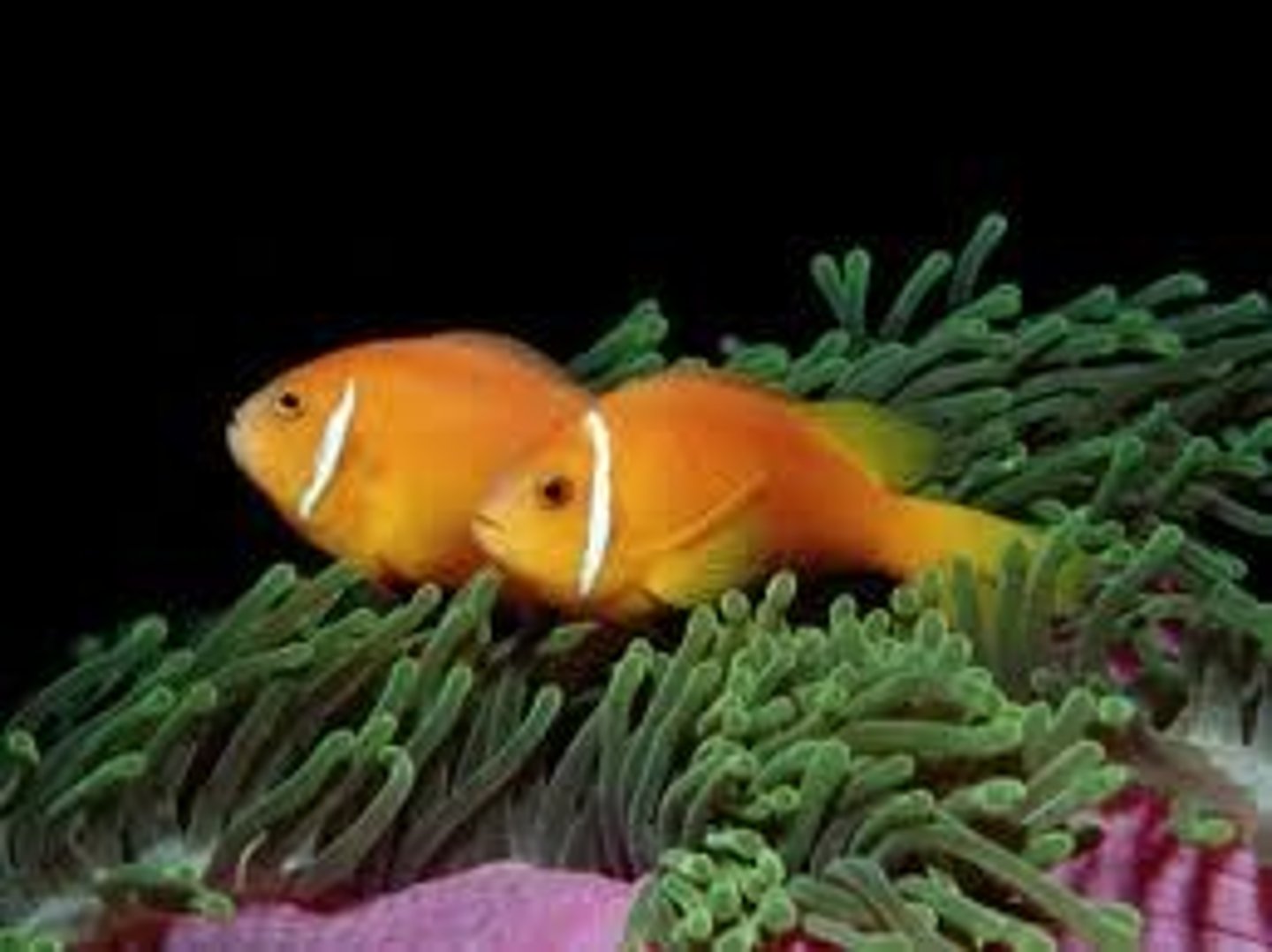
background extinction rate
Naturally low rate at which species have disappeared throughout most of Earth's history
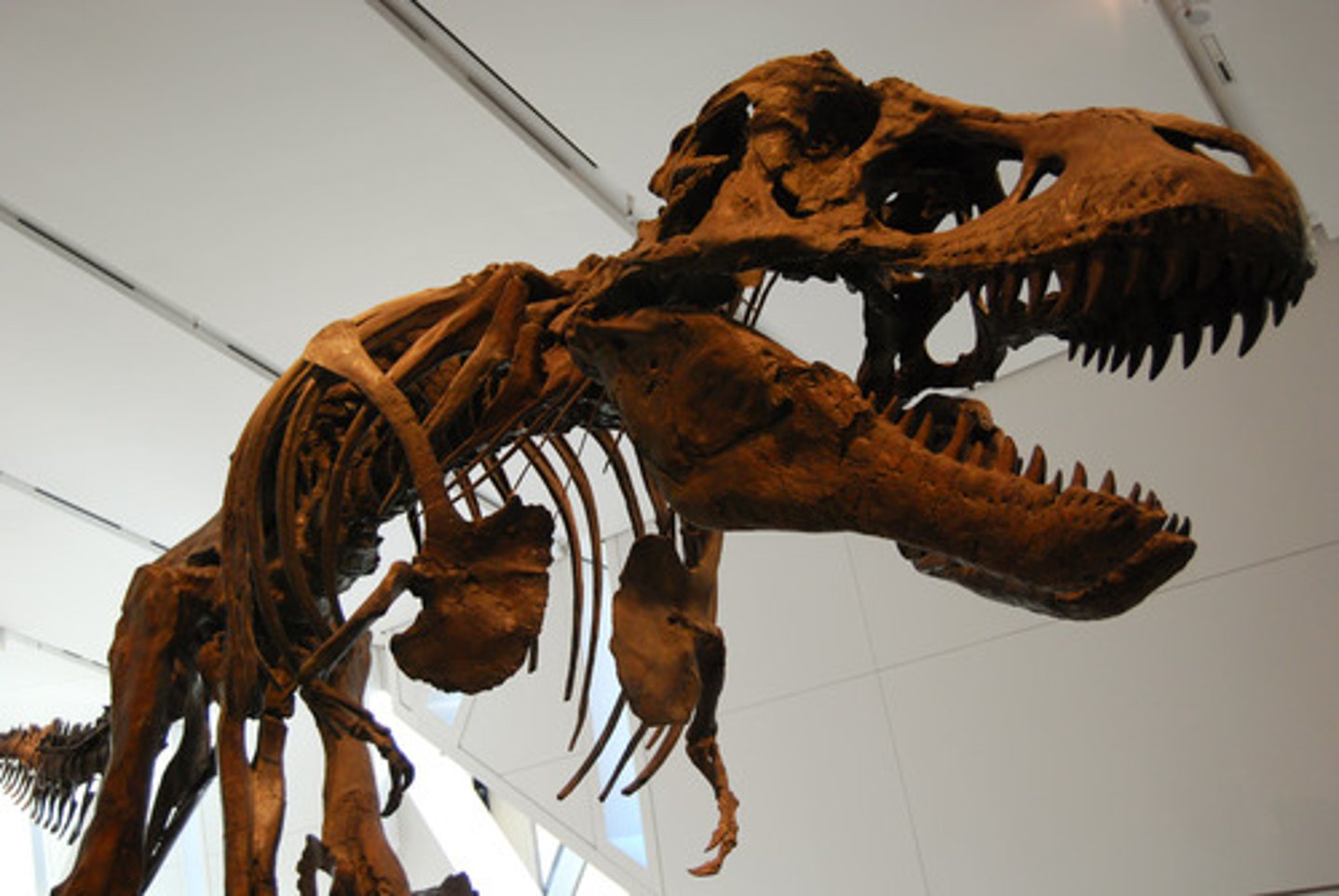
mass extinction
Event in which many types of living things become extinct at the same time.
Significant rise in extinction rates well above the background extinction rate

artificial selection
Process by which humans select one or more desirable genetic traits in the population of a plant or animal species and then use selective breeding to produce populations containing many individuals with the desired traits
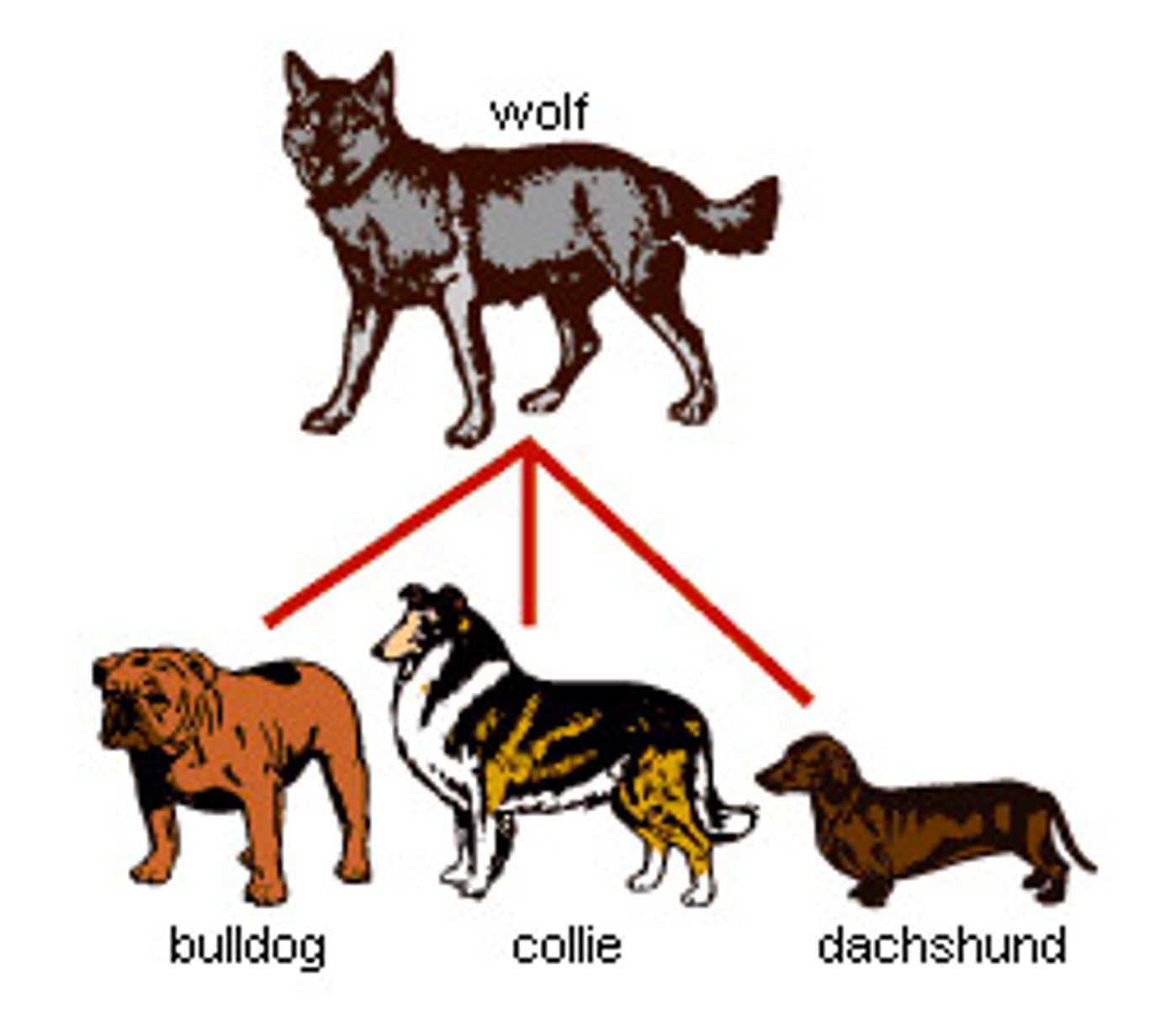
genetic engineering
Scientific manipulation of genes in order to select desirable traits or eliminate undesirable ones. It allows scientists to alter an organism's genetic material by adding, deleting, or changing segments of its DNA in a process called gene splicing

synthetic biology
Technology that enables scientists to make new sequences of DNA and to use such genetic information to design and create new cells, tissues, organisms, and devices, and to redesign existing natural biological systems
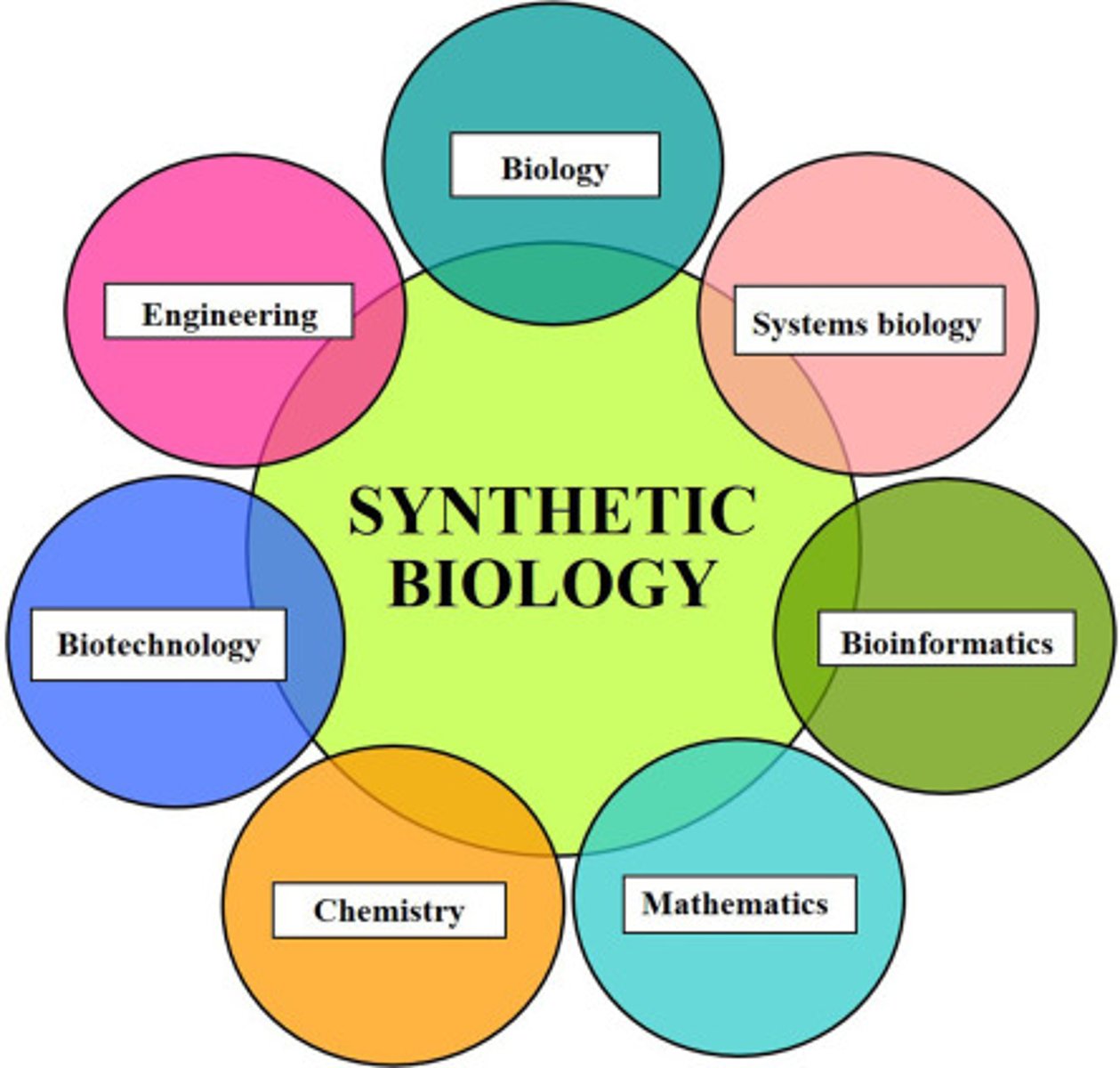
4 components of biodiversity
species diversity, genetic diversity, ecological diversity, and functional diversity
